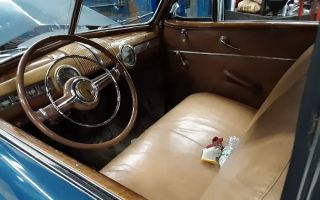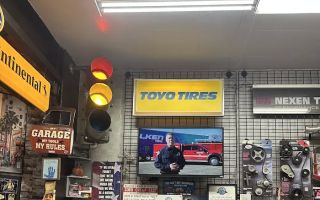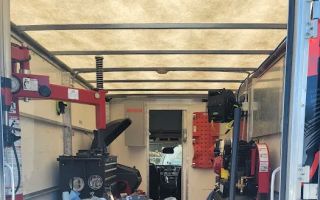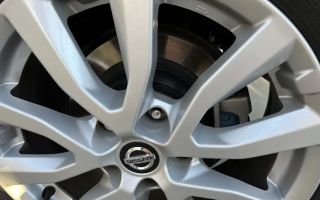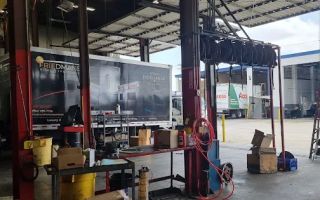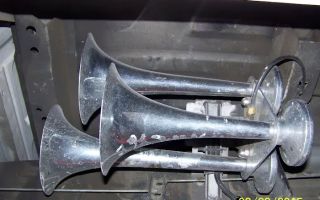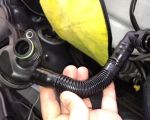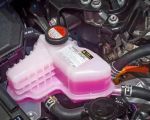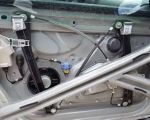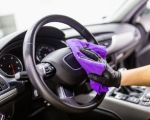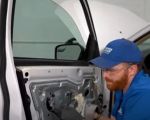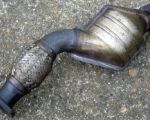- 1-Understanding-Wheel-Bearings
- 2-Signs-Your-Car-Needs-Wheel-Bearing-Replacement
- 3-Tools-and-Preparation-for-Wheel-Bearing-Replacement
- 4-Step-by-Step-Guide-to-Replace-Car-Wheel-Bearings
- 5-Tips-for-a-Successful-DIY-Wheel-Bearing-Repair
- 6-When-to-Seek-Professional-Help
- 7-Recommendations-from-Rescue-Towing
1. Understanding Wheel Bearings
Wheel bearings are crucial components that allow your car’s wheels to rotate smoothly with minimal friction. They support the vehicle's weight and facilitate steering and handling. Over time, wheel bearings can wear out or get damaged due to factors such as poor road conditions or lack of maintenance, making replacement necessary.
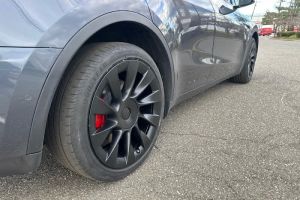
Alloy Wheel Repair Specialists of New York
30 W Ames Ct, Plainview, NY 11803, USA
2. Signs Your Car Needs Wheel Bearing Replacement
Recognizing when your wheel bearings are failing is important for safety. Common signs include a humming or grinding noise from the wheels, uneven tire wear, vibration in the steering wheel, and in severe cases, wheel wobble. If you notice any of these symptoms, it’s a strong indication that the wheel bearings may need replacing.

Cross Island Tire & Wheel
216-02 Hempstead Ave, Queens Village, NY 11429, USA
3. Tools and Preparation for Wheel Bearing Replacement
Before starting the replacement, gather essential tools such as a jack and jack stands, lug wrench, socket set, hammer, bearing puller or press, and grease. Ensure you have a clean workspace and safety equipment like gloves and eye protection. It's also wise to consult your vehicle’s manual for any specific instructions.
4. Step-by-Step Guide to Replace Car Wheel Bearings
Follow these steps carefully:
- Lift the car and securely support it on jack stands.
- Remove the wheel and brake components to access the hub assembly.
- Remove the hub assembly to expose the wheel bearing.
- Use a bearing puller or press to remove the old bearing.
- Clean the hub and install the new bearing with proper lubrication.
- Reassemble the hub, brake components, and wheel.
- Lower the car and perform a test drive to ensure everything functions properly.
5. Tips for a Successful DIY Wheel Bearing Repair
Patience and precision are key. Take time to clean all parts thoroughly, avoid rushing through steps, and double-check torque specifications for bolts. Document your process or follow a reliable video tutorial if needed. If you’re unsure about any step, don’t hesitate to seek advice.
6. When to Seek Professional Help
While replacing wheel bearings can be done at home by experienced DIYers, certain complications like stuck bearings or damaged hubs may require professional tools and expertise. If you lack confidence or proper equipment, consulting a trusted mechanic or towing service is the safest choice.
7. Recommendations from Rescue & Towing
For those needing professional assistance or parts, Rescue & Towing offers expert services and quality components to keep your vehicle running safely. Whether you require emergency towing or reliable repair advice, they provide dependable support tailored to your automotive needs.


